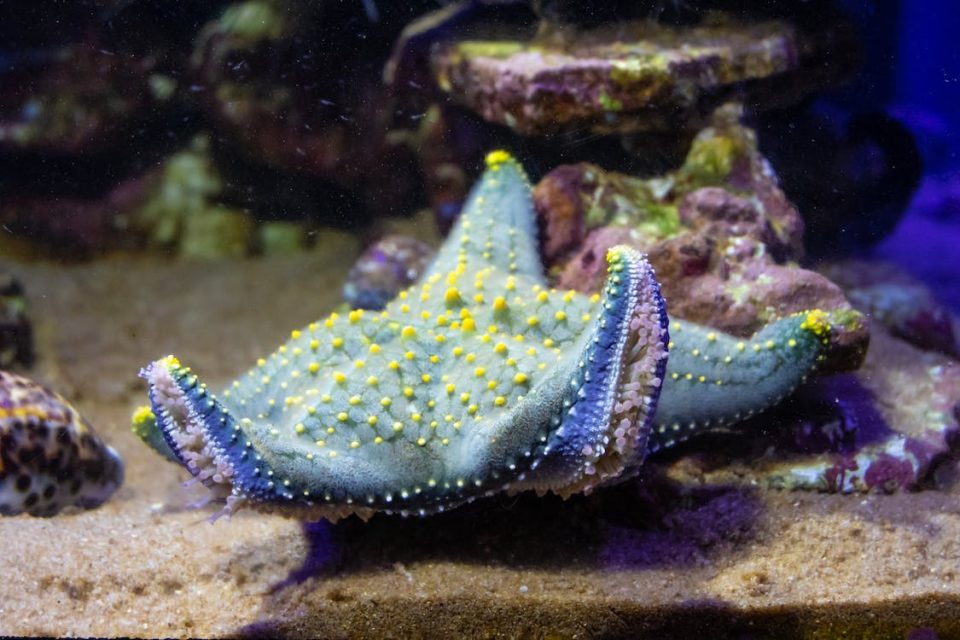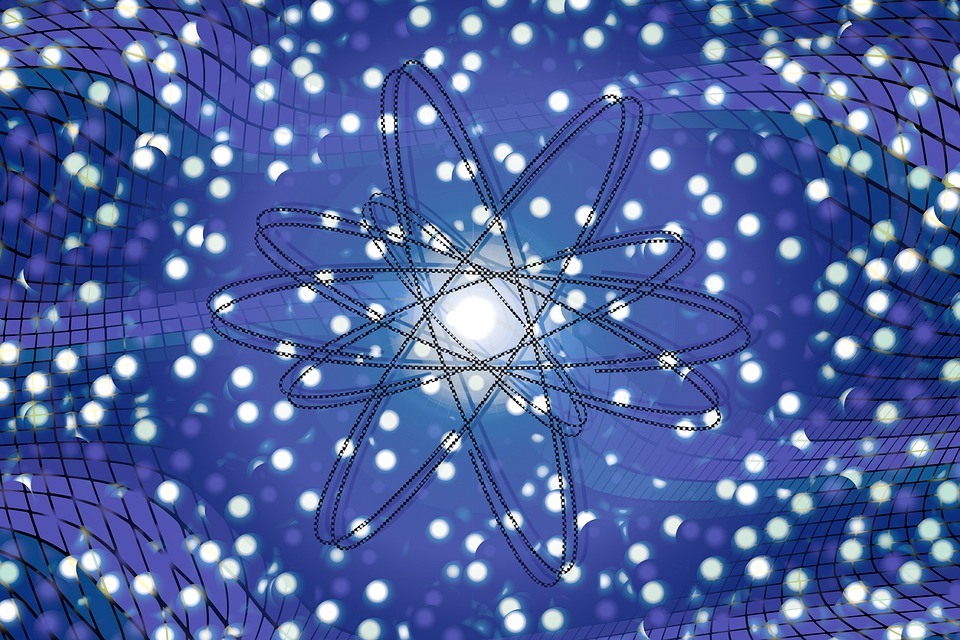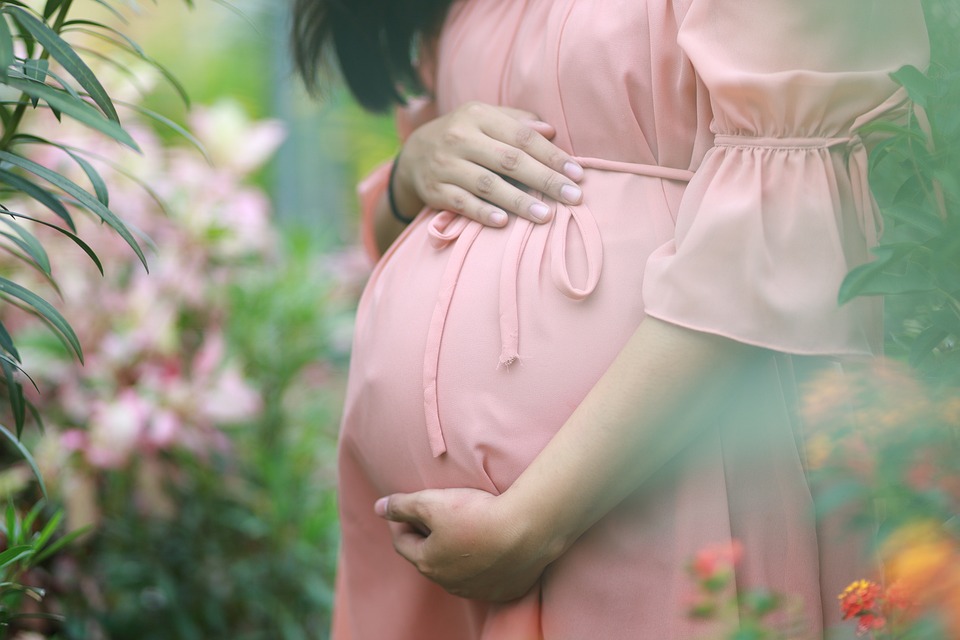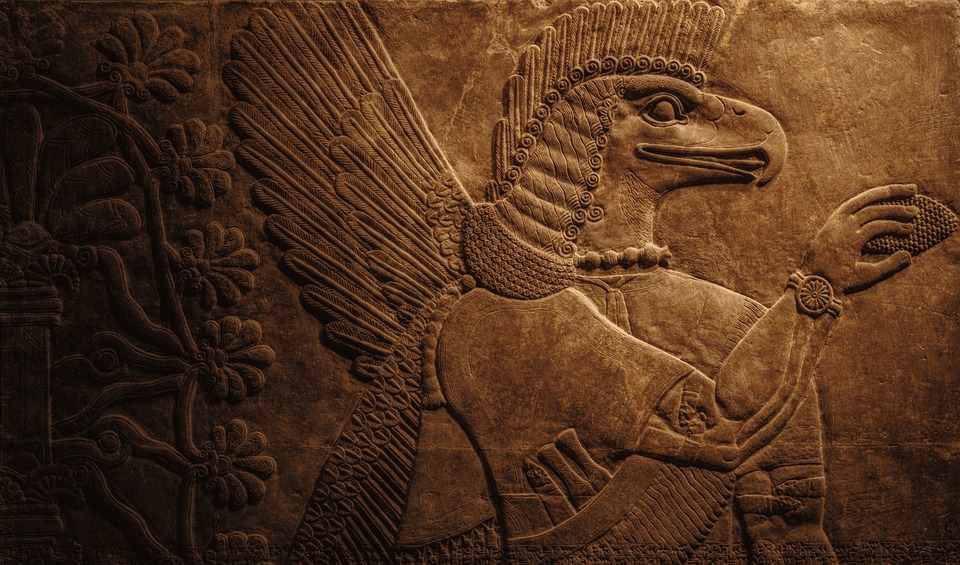
Meiosis is a type of cell division that occurs in sexually reproducing organisms, resulting in the formation of haploid gametes or spores from diploid precursor cells. Meiosis involves two sequential rounds of cell division, known as meiosis I and meiosis II, each consisting of four distinct stages: prophase, metaphase, anaphase, and telophase. In this answer, we will discuss the differences between meiosis I and meiosis II and the main events that occur in each stage.
Meiosis I:
Meiosis I is also called the reductional division because it reduces the number of chromosomes in each daughter cell by half. The key difference between meiosis I and meiosis II is that in meiosis I, homologous chromosomes pair up and undergo crossing over, whereas in meiosis II, sister chromatids separate. The stages of meiosis I are:
Prophase I: The chromatin condenses and becomes visible as discrete chromosomes. Homologous chromosomes pair up and undergo crossing over, where segments of DNA are exchanged between non-sister chromatids. This process creates genetic variation among the resulting gametes.
Metaphase I: The homologous pairs of chromosomes align at the metaphase plate, with one chromosome from each pair facing each pole.
Anaphase I: The homologous chromosomes separate and are pulled towards opposite poles of the cell by spindle fibers.
Telophase I: A nuclear membrane forms around each set of chromosomes, resulting in two haploid daughter cells. Cytokinesis may also occur, dividing the cell into two separate cells.
Meiosis II:
Meiosis II is also called the equational division because it divides the sister chromatids of each chromosome into separate daughter cells, resulting in the production of four haploid daughter cells. The stages of meiosis II are:
Prophase II: The chromatin condenses and becomes visible as discrete chromosomes. The nuclear envelope dissolves, and spindle fibers begin to form.
Metaphase II: The chromosomes align at the metaphase plate, with sister chromatids facing opposite poles.
Anaphase II: The sister chromatids separate and are pulled towards opposite poles of the cell by spindle fibers.
Telophase II: A nuclear membrane forms around each set of chromosomes, resulting in four haploid daughter cells. Cytokinesis may also occur, dividing the cells into four separate cells.
The main events that occur in each stage of meiosis I and meiosis II are as follows:
Prophase I:
In prophase I, homologous chromosomes pair up and undergo crossing over, where segments of DNA are exchanged between non-sister chromatids. This process creates genetic variation among the resulting gametes. The nuclear envelope also dissolves, and spindle fibers begin to form.
Metaphase I:
In metaphase I, the homologous pairs of chromosomes align at the metaphase plate, with one chromosome from each pair facing each pole. The orientation of the pairs is random, which also contributes to genetic variation.
Anaphase I:
In anaphase I, the homologous chromosomes separate and are pulled towards opposite poles of the cell by spindle fibers. This separation is mediated by the homologous pairs of chromosomes being pulled apart by the spindle fibers.
Telophase I:
In telophase I, a nuclear membrane forms around each set of chromosomes, resulting in two haploid daughter cells. Cytokinesis may also occur, dividing the cell into two separate cells.
Prophase II:
In prophase II, the chromatin condenses and becomes visible as discrete chromosomes. The nuclear envelope dissolves, and spindle fibers begin to form.
Metaphase II:
In metaphase II, the chromosomes align at the metaphase plate, with sister chromatids facing opposite poles. Unlike in meiosis I, there is no crossing over during prophase II.
Anaphase II:
In anaphase II, the sister chromatids separate and are pulled towards opposite poles of the cell by spindle fibers. This separation is mediated by the spindle fibers attaching to the kinetochores on the sister chromatids.
Telophase II:
In telophase II, a nuclear membrane forms around each set of chromosomes, resulting in four haploid daughter cells. Cytokinesis may also occur, dividing the cells into four separate cells.
Overall, meiosis is a critical process in sexual reproduction, as it allows for the formation of genetically diverse gametes or spores. The differences between meiosis I and meiosis II are significant, as they reflect the distinct goals of each division. Meiosis I reduces the chromosome number by half and generates genetic diversity through crossing over, while meiosis II separates sister chromatids and produces haploid daughter cells. By understanding the main events that occur in each stage of meiosis I and meiosis II, we can appreciate the complex and dynamic nature of this process and its importance in the continuity of life.







